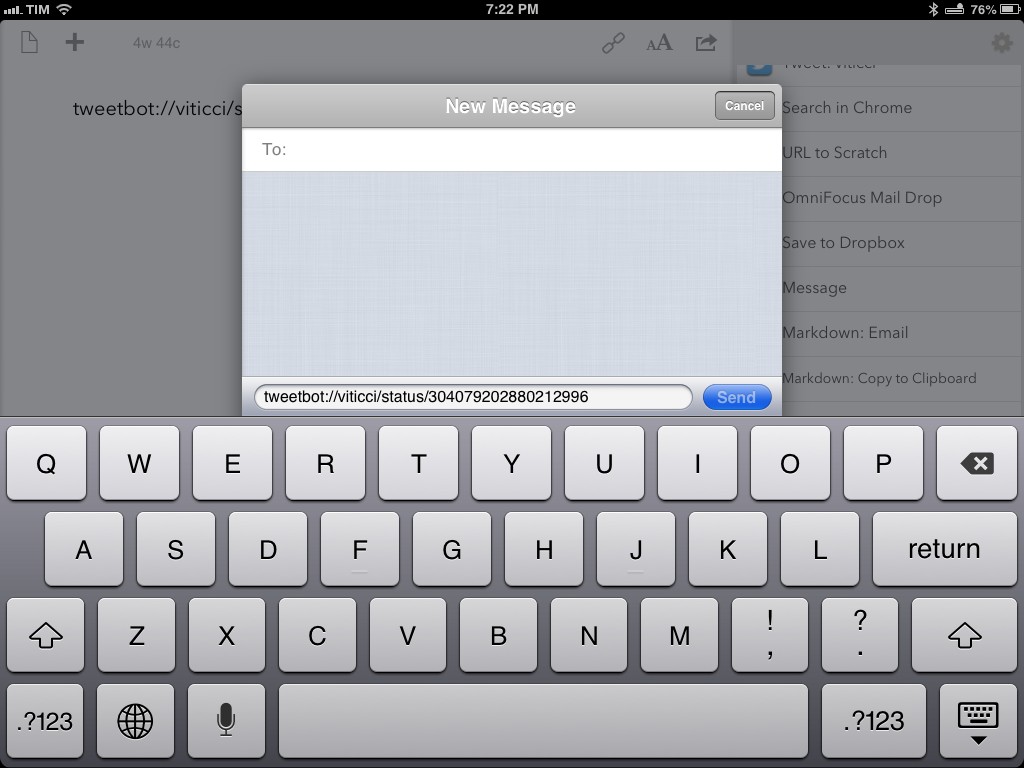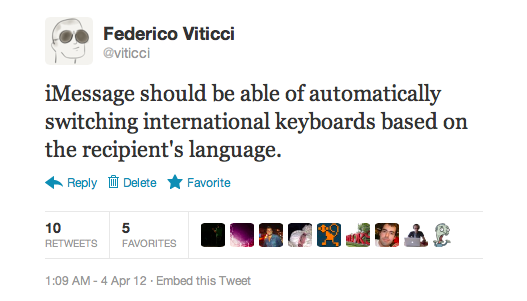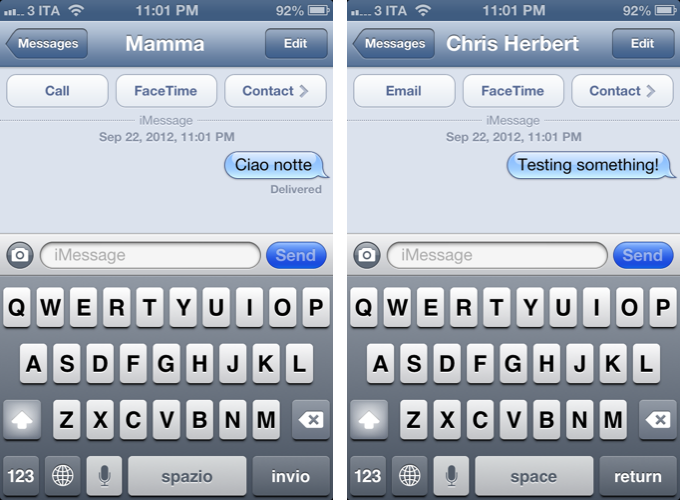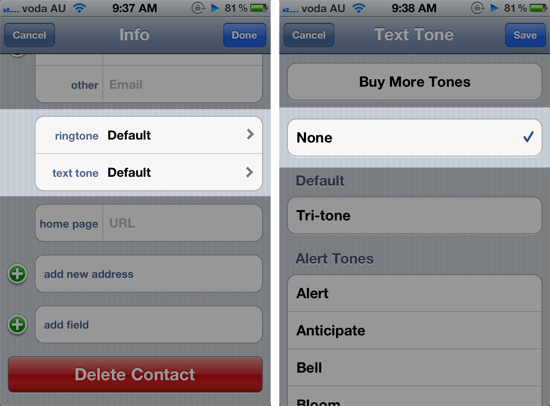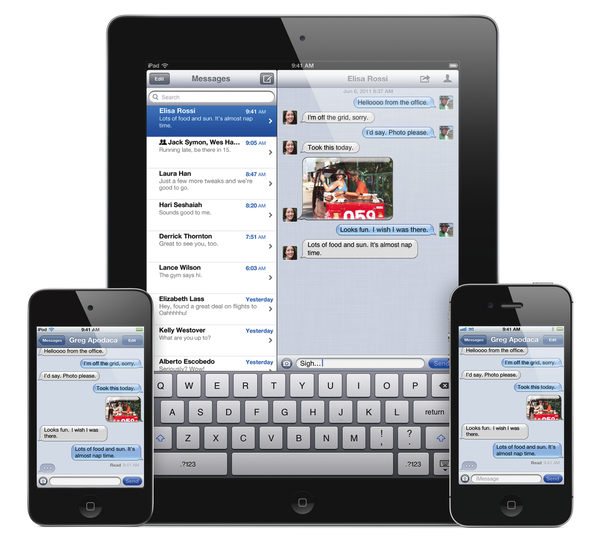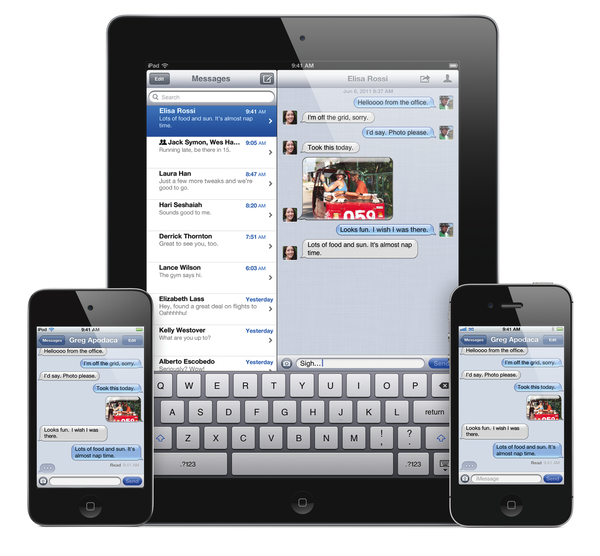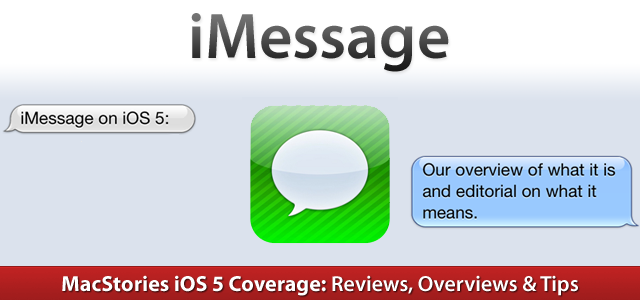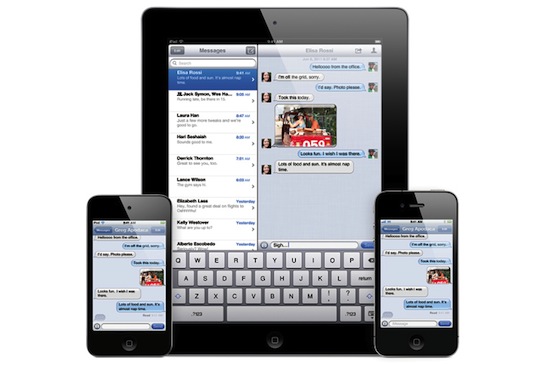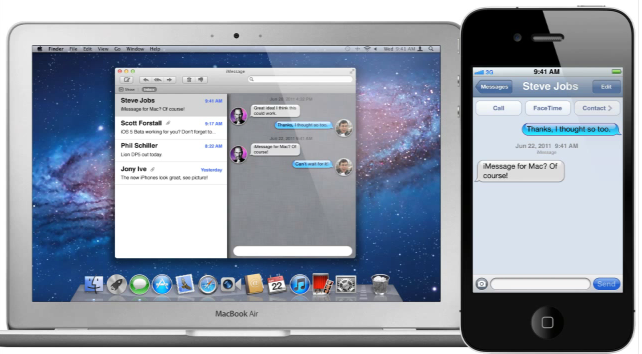Impressive milestone reached by WhatsApp, a free cross-platform messaging solution for iOS, Android, BlackBerry and Nokia phones: [via Ben Brooks]
Coinciding with our planet crossing the 7 billion population mark this week, last week WhatsApp crossed its own milestone for the first time by sending just over 1 billion messages in a single day. Similar to the awe we feel that our planet will now hold over 7 billion people, all of us at WhatsApp are extremely humbled and excited about the future.
I’ve been using WhatsApp for quite some time to communicate for free – even though I have a pretty good text messaging plan with my carrier – with my girlfriend and some close, non-tech savvy friends (who, however, are tech savvy enough to buy apps). WhatsApp sends free messages, but it’s a $0.99 app on the App Store. Ever since the release of iOS 5, I’ve deleted WhatsApp from my iPhone because my girlfriend and those friends have upgraded their iPhones to iOS 5, thus getting the benefits of iMessage.
I have many friends who don’t use and don’t even like iPhones. But going through my Address Book today – trying to figure out how many people are using iMessage – it’s amazing to see how every iPhone user I know has upgraded to iOS 5, and how other people I didn’t know had iPhones (or iPads, or iPods) are now “turning blue” when creating a new message. Put simply: there’s a lot of iMessage going on in my Address Book.
I’m sure WhatsApp will continue to prosper, add features and bet on its cross-platform nature. Keep in mind that BlackBerry users already have BBM, iOS users have iMessage, and Google-loving Android folks are probably using the native Google+ app for some occasional free messaging. Tools like WhatsApp – and WhatsApp is admittedly the most popular “third-party free messaging app” out there – clearly still have a market when it comes to cross-platform. They’re great if you message with a lot of friends using different phones.
But I’m thinking about people who know their friends are using iPhones, and engage in conversations with them on a daily basis. Free, native and integrated beats “free and third-party” any time for the majority of users when it comes to iOS-to-iOS communication. And it’s not like iOS-to-iOS messaging is a rare scenario nowadays, with over 250 million iOS devices out there and quite possibly a large percentage of them being iOS 5-enabled (iOS 5 runs on the older iPhone 3GS, iPod touch 3rd and 4th generation). iMessage works on the iPhone, iPad and iPod touch. It’s free and supports text and media. Apple has got a few minor issues to iron out, but there’s no doubt the system has been working well for most users since its release two weeks ago. This should explain my friends’ excitement in upgrading to iOS 5, and my surprise in discovering several new iMessage users in my Address Book.
There’s difference between “free and third-party” and “free and integrated”: whereas free services may have a big initial bang but often fail to make real money in the long term, Apple can leverage free iMessages – integrated in the native messaging experience – to sell more devices. iMessage is just one of the features that will make people think “Maybe I should get an iPhone” – but it’s a powerful one. “Free messages between iPhone users” is something even my mom immediately understood.
Frictionless integration. Let’s check back on third-party messaging apps in six months.


